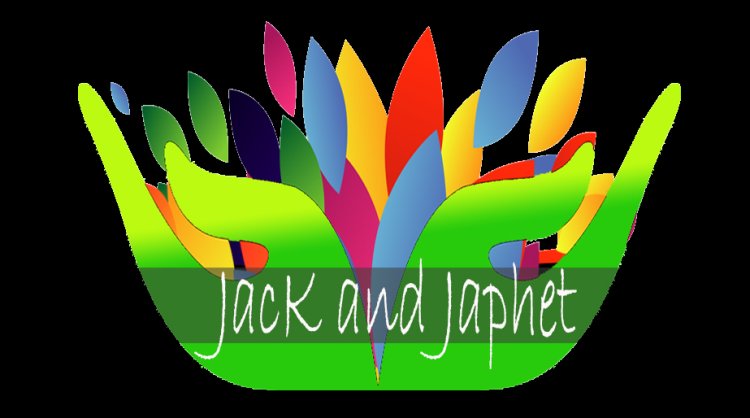Sweeter tax
The Philippines, like many countries, faces the challenge of managing a growing budget deficit while addressing rising public health concerns. With the country proposing its highest-ever national budget of P6.352 trillion for 2025, and government revenues projected to slightly dip, the International Monetary Fund (IMF) has recommended additional tax measures to sustain public finances. Among […]

The Philippines, like many countries, faces the challenge of managing a growing budget deficit while addressing rising public health concerns. With the country proposing its highest-ever national budget of P6.352 trillion for 2025, and government revenues projected to slightly dip, the International Monetary Fund (IMF) has recommended additional tax measures to sustain public finances.
Among the suggestions were increasing the collection efficiency of value-added tax (VAT) and the introduction of carbon taxes to aid the country’s transition to greener energy sources. In my opinion, excise taxes remain a particularly attractive option for the Philippine government, especially for goods associated with “negative externalities” — those products whose consumption results in broader societal costs.
One such example, highly relevant in the public health domain, is the tax on sugar-sweetened beverages (SSBs). The country has already imposed taxes on SSBs since 2018, but I believe it is time to extend or adjust this tax to cover a wider range of “sweetened” products, such as confectionery items, in an effort to promote healthier lifestyles and generate much-needed revenue.
Excise taxes are often implemented on goods that create social costs or “negative externalities.” Examples include tobacco, alcohol, fuel, and SSBs. In essence, these taxes raise the price of harmful products, thereby discouraging consumption and, at the same time, generating revenue that can be used to offset the costs imposed on society.
For example, the Philippines imposes excise taxes on fuel to address pollution and on cigarettes to fund public health programs aimed at curbing smoking-related illnesses. The introduction of excise taxes on SSBs in 2018 is part of this same strategy. In the case of SSBs, the tax serves dual purposes: to reduce the consumption of sugary drinks, thus mitigating obesity and related health risks, and to generate revenue that can be channeled into healthcare and other public initiatives.
The SSB tax, currently at P6 per liter, was designed to reduce the affordability of sugary beverages, which have been linked to the rising prevalence of obesity, diabetes, and other non-communicable diseases (NCDs). According to the World Health Organization (WHO), these diseases, fueled by poor diets and sedentary lifestyles, account for a significant proportion of premature deaths from NCDs in the Philippines.
After six years of implementing the SSB tax, data suggests that it has been somewhat effective in curbing consumption. A study by the Philippine Statistics Authority (PSA) showed a decline in the consumption of sugary beverages, especially among lower-income households who are more sensitive to price changes. This is consistent with global trends; for instance, Mexico saw a significant reduction in SSB sales following the introduction of its sugar tax in 2014. However, challenges remain.
While SSB consumption has decreased, obesity rates in the Philippines continue to climb, particularly among children. As of 2023, 14% of children aged five to 10 years, 13% of adolescents aged 10 to 19 years, and 40.2% of Filipino adults are classified as overweight or obese. This underscores the need for more comprehensive public health strategies that go beyond just SSB taxation. Nutrition education, increased access to healthy food options, and campaigns promoting physical activity are crucial in complementing taxation efforts.
One of the emerging suggestions is to expand the SSB tax to include other sugary products, such as desserts and confectionery items. Countries like Norway and Columbia have already imposed taxes on a wider range of sugar-laden products, beyond just beverages. Norway has had a sugar tax in place since 1922, with an 83% increase on sugary products in 2018, covering items like chocolate, candies, and even zero-sugar beverages. Similarly, Colombia introduced a 10% tax on sugary drinks and junk foods in 2023, which will increase to 20% by 2025.
If the Philippines were to follow this path, it could potentially see both public health and economic benefits. A broader tax on sugary foods could further discourage consumption of high-sugar items, promote product reformulation where manufacturers reduce sugar content to avoid higher taxes, and generate additional revenue. This approach could also prevent substitution effects, where consumers shift from taxed sugary beverages to untaxed sweets and snacks.
Despite its potential benefits, excise taxation on sugary products faces criticism, particularly for its regressive nature. Lower-income households, who spend a larger proportion of their income on consumables, are disproportionately affected by such taxes. However, studies suggest that these households also stand to gain the most in terms of health improvements, as they typically have higher rates of obesity and NCDs.
Additionally, revenues from excise taxes can be earmarked for programs that benefit low-income populations, such as subsidies for healthier food options or investments in healthcare. Taxation also needs to be part of a broader public health strategy. Without complementary measures — such as education, infrastructure for physical activity, and access to affordable, healthy food — sugar taxes may not achieve their full potential in improving public health.
Given the growing budget deficit and the need for sustainable public health interventions, the Philippine government is likely to consider raising or expanding excise taxes in the near future. Introducing taxes on desserts and confectionery could be a logical next step, aligning with global trends. However, to maximize its impact, this policy must be implemented alongside comprehensive public health strategies that address the root causes of obesity and diet-related diseases.
Ongoing monitoring and evaluation of the sugar tax’s effectiveness will be essential. Policymakers should establish robust data collection mechanisms to assess the tax’s impact on consumption patterns, public health outcomes, and revenue generation. This will enable evidence-based adjustments to the tax structure and the design of complementary interventions.
Public engagement is also crucial. As with any tax policy, transparency about the objectives and benefits of a sugar tax is key to gaining public support. The government should clearly communicate how revenues from the tax will be used to improve healthcare services, promote healthy eating, and prevent diet-related diseases. Public education campaigns, particularly targeting children and families, will be important to ensure widespread understanding of the need for such taxes.
Of course, with the May 2025 elections just months away, Congress will most likely put on hold any significant tax measure. Any additional tax on food, in particular. But come July 2025, perhaps a revised sweet tax can be put on the agenda. By then, lawmakers will have a three-year runway to see it through. For our children’s sake.
Marvin Tort is a former managing editor of BusinessWorld, and a former chairman of the Philippine Press Council














